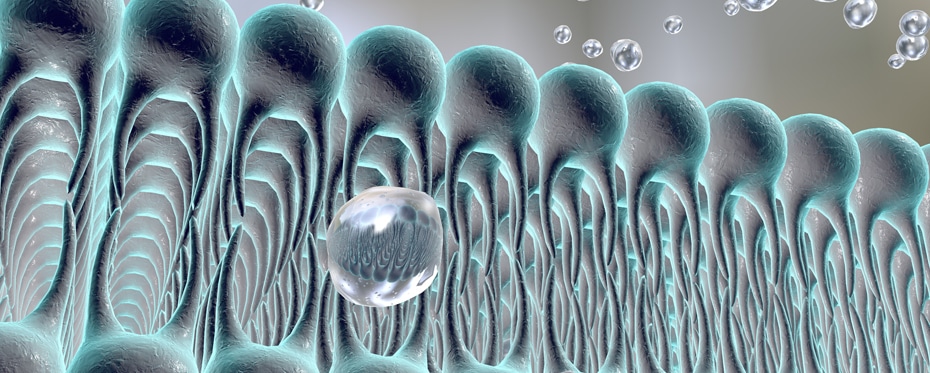Tag: proteins
Glycomimetic peptides as powerful anti-inflammatory treatments

Glycan (sugar)-binding lectin-type receptors on immune cells have the potential to serve as therapeutic targets. However, many of these receptors are not targeted because of a lack of suitable binding agents. Professor J Kenneth Hoober and Dr Laura L Eggink, co-founders of Susavion Biosciences, Inc, and Wild Boar Biosciences, LLC, have created peptide mimetics of glycans that show greater flexibility […]
Read More… from Glycomimetic peptides as powerful anti-inflammatory treatments
From T-patterns to T-strings to T-societies: What makes humans unique?

Over half a century ago, Professor Magnus S Magnusson, now at the Human Behavior Laboratory of the University of Iceland, set out to define what separates humans from all other animal species. By detecting and analysing interaction patterns of behaviour from the nanoscale to human scales, he discovered T-societies in both proteins and humans. This breakthrough led to the realisation […]
Read More… from From T-patterns to T-strings to T-societies: What makes humans unique?
Proteins behaving badly: The role of hIAPP in type 2 diabetes

A global issue There are over 400 million people worldwide currently living with diabetes, and 1.5 million of those people will die as a result of the disease. The vast majority of people living with diabetes (over 90%) have type 2 diabetes. Globally, over 800 billion US dollars is spent annually on treating diabetes, mainly on diabetes-related complications. Cases of […]
Read More… from Proteins behaving badly: The role of hIAPP in type 2 diabetes
Exiguobacterium degradation of polystyrene: Enlisting bacteria in the war against plastic

Polystyrene is a chemically stable recalcitrant plastic that pollutes many natural environments. Unfortunately, few mechanisms can break down this man-made polymer into its naturally occurring components. Research into the polystyrene-digesting capabilities of the bacteria genus Exiguobacterium sp RIT 594 by Dr André Hudson and his team at the Rochester Institute of Technology in New York, USA, has uncovered the specific […]
When the body turns against itself: Amyloid-based diseases

Often, the body is its own worst enemy. Diseases such as cancer are caused by faults in the natural replication processes of our own cells. It is thought that both Parkinson’s and Alzheimer’s disease may be caused by amyloids – aggregates of our own proteins that can disrupt nerve signalling and other functions. Dr H. Robert Guy of Amyloid Research […]
Read More… from When the body turns against itself: Amyloid-based diseases
Unravelling the properties of membrane proteins

30 years ago Matthias Wilm laid the scientific foundation for a methodology which today facilitates the synthesis and self-assembly of lipid membranes with proteins, granting insight into a complexity that has evolved over a million years of membrane protein evolution. From a biomedical to an environmental context, the use of molecular beams promises radical changes to how scientists solve problems […]
Read More… from Unravelling the properties of membrane proteins